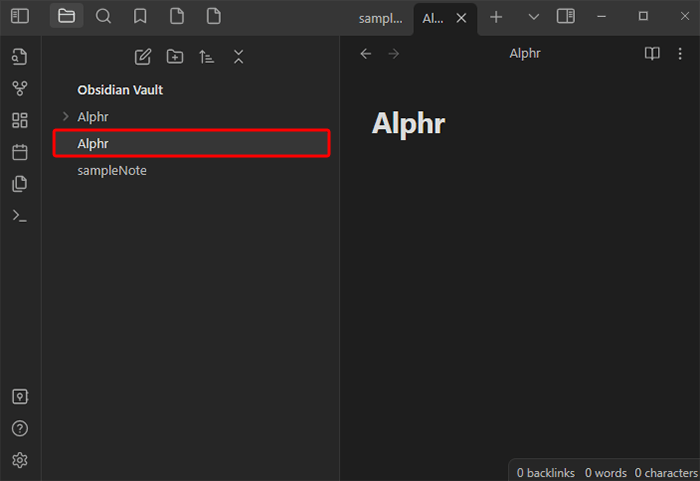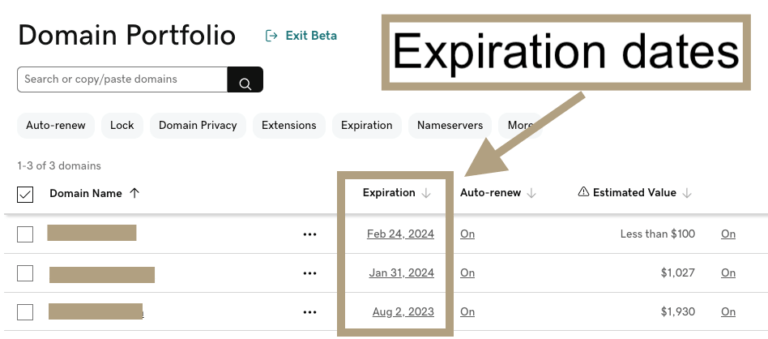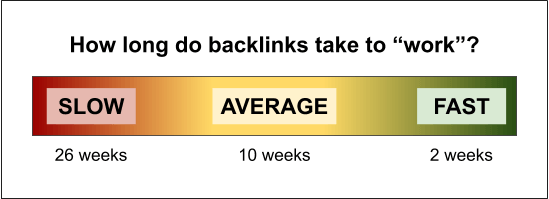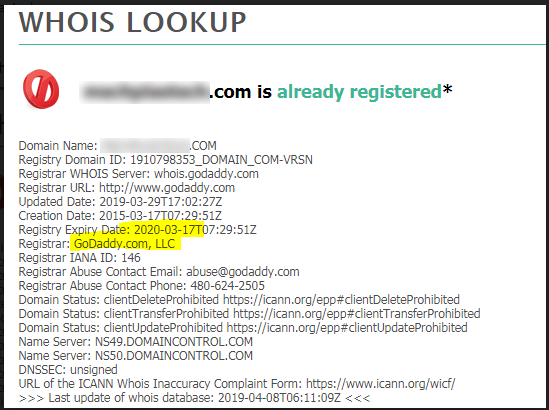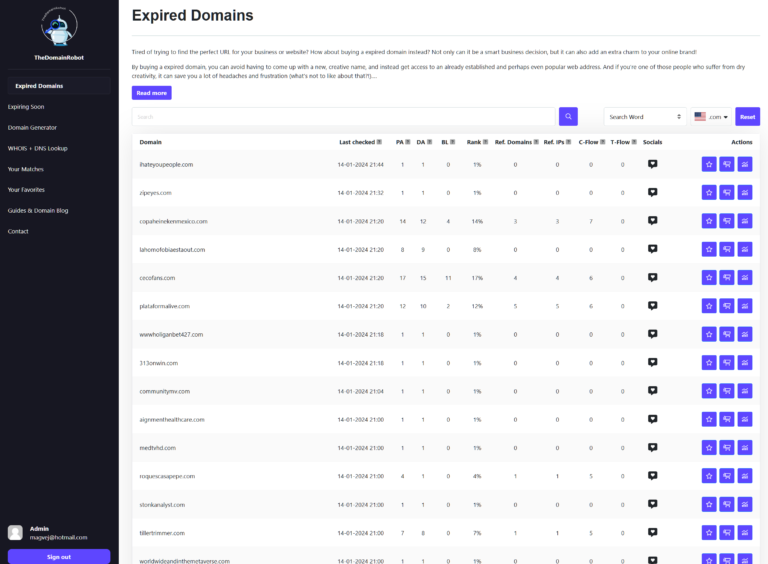Having a spam account is a common practice for many internet users. It is a secondary email account used for various purposes, such as signing up for newsletters, promotions, and other online services. The main goal of having a spam account is to keep the primary email account free from unwanted emails and spam messages.

I personally have a spam account that I use for signing up for online services and subscriptions. It has helped me keep my primary email account organized and free from spam messages. However, it is important to note that having a spam account does not mean that you are immune to spam messages. Spammers can still find ways to send messages to your spam account, and it is important to regularly check and clean your spam folder to avoid missing important messages.
Overall, having a spam account is a useful practice for internet users who want to keep their primary email account free from unwanted messages. It is important to use caution and regularly check your spam folder to avoid missing important messages.
Understanding Spam Accounts
As someone who has been using email for years, I have encountered spam accounts many times. In this section, I will explain what spam accounts are and their common characteristics.
Definition and Purpose
A spam account is an email account that is created for the sole purpose of receiving unsolicited emails or spam. These accounts are often used to avoid cluttering a person’s primary email account with unwanted messages.
According to PCMag, a spam email account is used to obtain free downloads on websites that require registering an email address. In many cases, the email is verified by sending a message to that address before the download link is provided.
Common Characteristics
Spam accounts share some common characteristics that make them distinguishable from regular email accounts. Here are some of the most common characteristics:
- The email address is often a random combination of letters and numbers.
- The account is used to receive unsolicited emails or spam.
- The account is not used for personal or professional communication.
- The account is not monitored regularly.
It is important to note that spam accounts can be used for malicious purposes, such as phishing scams or spreading malware. Therefore, it is recommended to avoid clicking on links or downloading attachments from unknown senders.
In conclusion, spam accounts are email accounts created for the sole purpose of receiving unsolicited emails or spam. They are often used to avoid cluttering a person’s primary email account with unwanted messages. However, they can also be used for malicious purposes, so it is important to be cautious when dealing with unknown senders.
Creation and Usage of Spam Accounts
Methods of Creation
As I understand it, spam accounts are typically created using automated systems, known as bots, to generate fake followers, likes, and comments. These bots can be programmed to create multiple accounts at once, using different email addresses and usernames. Some bots can even bypass security measures such as CAPTCHAs, making it easier to create large numbers of fake accounts quickly.
Typical Uses
In my experience, spam accounts are often used for fraudulent activities such as phishing scams, identity theft, and spreading malware. They can also be used for spamming, which involves sending unsolicited messages or comments to other users. Spam accounts may also be used for promoting products or services, often by posting fake reviews or comments.
Another common use for spam accounts is to artificially inflate the popularity of a particular account or post. This can be done by using bots to generate fake likes, comments, and followers. The goal is to make the account or post appear more popular than it actually is, in the hopes of attracting genuine followers and engagement.
It’s important to note that while spam accounts can be created for a variety of purposes, they are generally considered to be a violation of the terms of service for most social media platforms. Users who are caught using spam accounts may have their accounts suspended or terminated, and in some cases may even face legal action.
Identifying and Managing Spam Accounts

As someone who frequently uses social media, I have come across my fair share of spam accounts. These accounts are created with the intention of spreading malicious content or scamming innocent users. In this section, I will discuss some techniques for detecting and managing spam accounts.
Detection Techniques
One of the most common ways to detect a spam account is by looking at the account’s activity. Spam accounts usually have little to no activity on their profiles, and their posts often contain irrelevant or inappropriate content. Additionally, they may have a large number of followers but very few likes or comments on their posts.
Another way to detect a spam account is by looking at the account’s profile picture and username. Spam accounts often have generic or irrelevant profile pictures and usernames that are unrelated to the content they post.
Handling and Prevention
If you come across a spam account, it’s important to report it to the social media platform. Most platforms have a reporting feature that allows users to report spam accounts, and the platform will investigate and take appropriate action.
In addition to reporting spam accounts, there are also steps you can take to prevent them from following you or interacting with your content. One way to do this is by setting your profile to private, which means that only people you approve can follow you and see your content.
Another way to prevent spam accounts from interacting with your content is by using filters and blocking features. Many social media platforms allow users to block or filter out certain keywords or phrases, which can help prevent spam accounts from commenting on your posts.
Overall, detecting and managing spam accounts requires vigilance and awareness. By staying informed and taking proactive steps to prevent spam accounts from interacting with your content, you can help keep yourself and other users safe from malicious content and scams.



